What Is Content Curation? A Complete Beginner’s Guide

A wise entrepreneur once said, “A dolla makes me holla”.
Words to live by Blogging Wizards in training.
If you’re trying to make money from your blog, you’ll know that creating your own content is key.
Creation is the cool kid on the content marketing block. And it’s here to stay.
Content curation is its best bud. Wherever you find creation, you should always find curation.
If you don’t…something’s up.
We at Quuu are content curation pros. So, we’ve teamed up with the experts at Blogging Wizard to give you the low-down in this complete beginner’s guide to content curation.
Let’s get started!
What is curating?
A curator’s job is to build up a collection of other people’s work in a gallery or museum.
They take time to find and select (curate) the very best pieces. Then, they choose how the exhibition is laid out and what items are included.
You go to an exhibition to learn about the subject or field in expert detail.
Curation in content marketing is exactly the same. Except you’re doing it with pieces of online content.
But why the heck would you want to showcase someone’s else’s work on you or your brand’s site?
Hear us out.
Why should marketers curate content?
There are plenty of benefits of content curation.
We’ll stick to the 3 main ones:
- Marketing shouldn’t be all about you or your brand
- It’s way faster than creating original content
- You could become a thought leader
Marketing shouldn’t be all about you or your brand
You know that guy who always talks about himself? Don’t be that guy.
Some of your followers may already be loyal customers. But many could still be sussing you out.
According to Think With Google, the marketing funnel is changing:
“Today, people are no longer following a linear path from awareness to consideration to purchase. They are narrowing and broadening their consideration set in unique and unpredictable moments.”
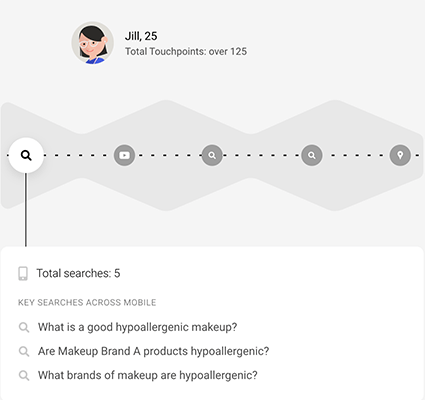
Marketers have known for a long time that people don’t like to be sold to. They don’t like to be sold to, but they love to buy.
This growing hate of traditional sales was what spawned content marketing.
Content curation takes it one step further.
It’s a huge time-saver
How long do you spend making new content for your blog?
It’ll vary. But quality content creation takes time.
How much faster is it to find the best content that other people have created?
You guessed it. A lot!
Become an expert resource of knowledge (thought leader)
Yes, it’s an overused, cheesy term. But, becoming a content curator (and doing it well) could turn you into a ‘thought leader’.
A thought leader is the go-to source of expert knowledge in their industry.

You may produce a ton of quality content, but you can’t know everything. This is where curating fills in the gaps.
Now, this doesn’t mean you should share your competitor’s content. But sharing relevant content from your niche gives your audience a 360 view.
You may not have the time or data to create a white paper of your own. But your followers can count on you to share the great ones you find.
How do you curate content well?
Curating should make up a large part of your content marketing strategy.
Hootsuite says 60%. Curata says 25%. Some go by the rule of thirds.
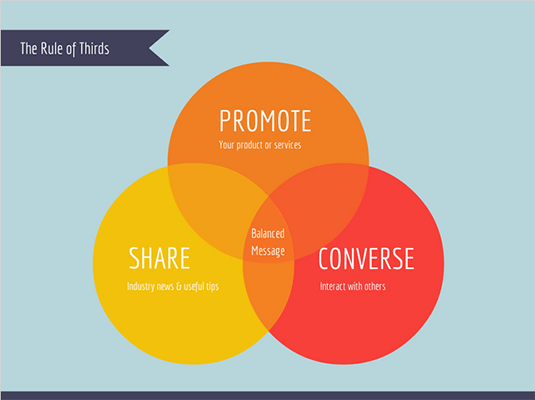
It will vary depending on your industry.
Curation can come in many forms:
- Reading guides
- Case studies
- USG (user-generated content)
- Email newsletters
- Twitter lists
- Even a retweet
Whichever form of content curation you choose, remember these 3 golden rules:
- Always credit the source, but add a personal twist
- Be very selective and mix up your content types
- Use manual curation efforts on top of tools
Always credit the source, but add a personal twist
It should go without saying. But in case you (accidentally) forget.
Always, always credit content creators whenever you share their work.
In saying that, don’t just post something exactly as you found it.
Curating is most effective when you add unique insight.
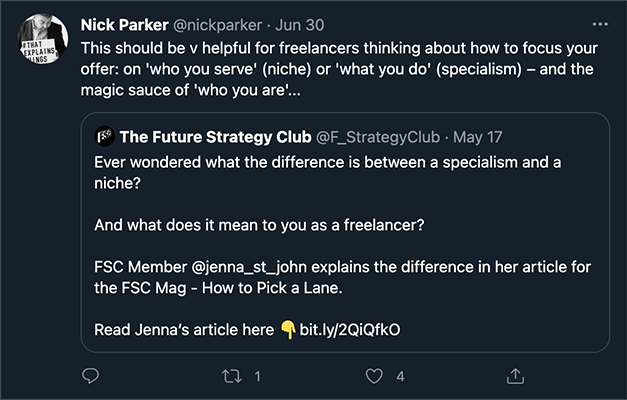
Be very selective and mix up your content types
What makes a museum exhibition so good? They’re super selective about what they add.
If a ‘Marine Life’ exhibit had a tin of tuna on display, you wouldn’t be impressed.
Make sure you only share valuable content. The type of content you actually learn from. Or that entertains or inspires you.
Try to mix up the format, too.
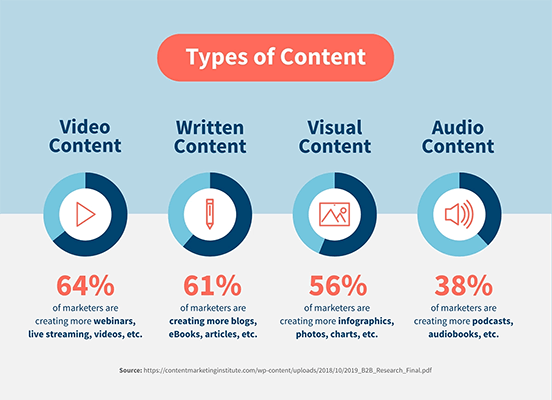
Give your audience:
- Articles
- Infographics
- Videos
- Podcasts
- Slideshows
- White papers
You want them to look forward to what’s coming next.
Use manual curation efforts on top of tools
Automated tools are great.
At Quuu, we’ve built a whole company around them.
But it’s important not to lose that human touch.
What sets you and your business apart from those in your industry? Whatever makes you different.
Curation tools can help you source and share content. But, they can’t read your mind (yet!)
That’s why we’d recommend a strategy that uses a mix of automation and personalization.
Manual content curation
Anyone can use an automated tool. But it takes someone savvy to go the extra mile.
Attention: beginner content marketers. Here’s how you instantly elevate your content curation game.
Social media
Social media platforms are content curation hubs, especially for research.
It’s constant, and there’s a lot of it. But remember, you need to be very selective.
So, how do you cut through the noise?
Explore whatever platform you’re on. Read articles on LinkedIn Pulse. Track trending hashtags on Twitter.
Keep your target audience in mind. They’re the ones you need to appeal to when sharing content.
If you haven’t created a buyer persona already, do it. It’ll help.

Find some real-life examples of customers/followers on social media. See what they’re sharing. Save their sources.
Directly ask your audience what they want more of. Give valuable feedback when other people post.
All of it works towards brand and blog visibility.
Impress influencers
Another sure-fire way of increasing blog visibility? Curate influencers’ content.
Now, this doesn’t mean retweeting Kim K and hoping for a boom in traffic.
Pick some of the most relevant influencers and thought leaders in your industry. This could even be micro-influencers (smaller audience, but higher engagement).
Whatever they’ve written or created, really take it in. When you share it with your added insight, it’ll be genuine.
Tag the creator when you share. If they’re impressed, they could follow you.
Heck, they might even share your work in future.
Email newsletters
Signing up to email newsletters is sort of a cheat manual option.
Yes, you get lists of high-quality curated content delivered straight to your inbox. But, you’ve got to find them first.
How long this takes will depend on the industry you’re in.
So, how do you find email newsletters to sign up to?
- By using search engines (e.g. “best curated newsletters 2022”)
- Asking for recommendations
- Exploring social media
Want some examples of newsletters done right?
Scroll down a little for 3 stellar examples.
Automatic content curation tools
There are tons of automated content curation tools out there.
Here are 5 of the big names:
- Quuu
- Curata
- Feedly
Quuu
If you’re looking to curate content specifically for your social networks (from over 500 interest topics) – you need Quuu.
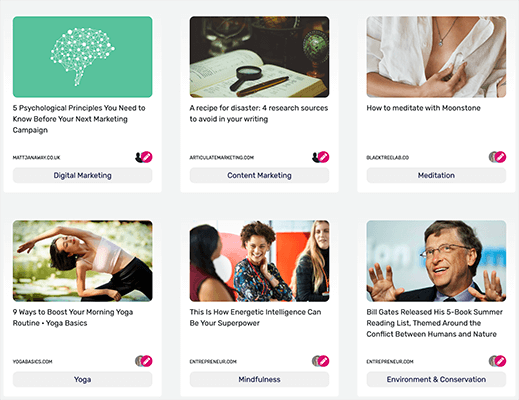
Link up with your favourite scheduler for easy sharing. Plan and add your insight to high-quality curated content.
Choose from fully automatic or manual modes. (We’d recommend manual to add your valuable insight!)
Curata
Curata is best for sharing relevant content across other channels. Like email and newsletters.
Add new searches and filters to the algorithm to ensure a steady stream of shareable content.

It’s perfect for curating large volumes of content and managing your marketing team’s workflow.
Flipboard is all about news aggregation.
‘Aggregation’ is a fancy way of describing a cluster of things that have been brought together.
If you want to keep up with your industry’s news and trending topics – this is the place to be.
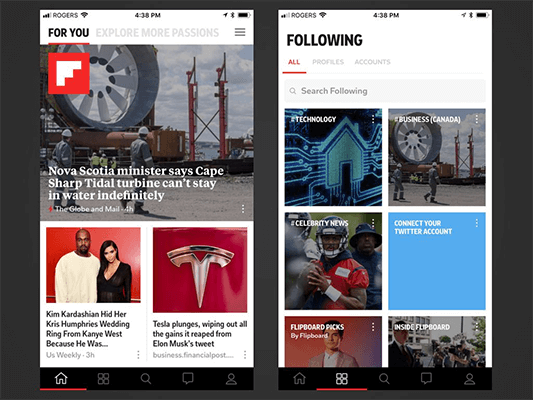
Feedly
Feedly is another news aggregator, upgraded with your very own AI research assistant called Leo.
Teach Leo what’s important to you, and he’ll flag important insights from everywhere. News sites, RSS feeds, Twitter, newsletters – you name it!
It’s marketed as the ‘cure for information overload’ in 3 simple steps.

Pocket is a super simple read-later app. It’s great for building up a bank of content to curate from.
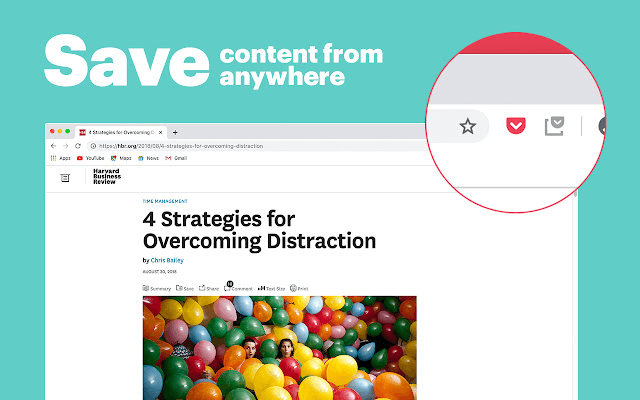
Simply add the extension and get saving!
There are no bells and whistles. It does what it says on the tin and does it extremely well.
Examples of great content curation
Sometimes, the best way to learn isn’t from your mistakes. It’s from seeing others who do it well.
Here are 3 examples of curated email newsletters from the pros.
- Moz Top 10
- Morning Brew
- Robinhood Snacks
Moz Top 10
Can you guess what kind of newsletter the SEO experts at Moz would curate?
Bingo! SEO and digital marketing.
This semi-monthly email lists the top 10 most valuable articles they’ve found since the last one.
It’s straight to the point, with a brief summary for each.

SEO is constantly changing. Moz makes sure their readers are keeping up with it.
Morning Brew
Morning Brew delivers daily business news in an entertaining, easy way.
What do readers say makes the newsletters so great? The tone of voice.

See? Content curation can be as fun as you make it.
It arrives every morning (delivered before 6 am EST) to digest with your morning coffee.
If you don’t follow Morning Brew on Twitter, you should. It’s a funny extension of the newsletter and an example of a brand nailing their social media marketing.
Robinhood Snacks
The Robinhood Snacks newsletter makes financial news understandable. And that’s no easy feat.
It’s a 3-minute read with a fresh take on the industry.
That is curation done brilliantly. If you can make a complex subject quick and accessible to all – you’re onto a winner.

If you’re new to investing, it’s a fun way of getting to know the market.
They also end with a ‘Snack Fact of the Day’.

Damn, Disney!
Creating a content curation strategy
One of the most important content marketing tips is to have a strategy. More and more businesses are catching on.
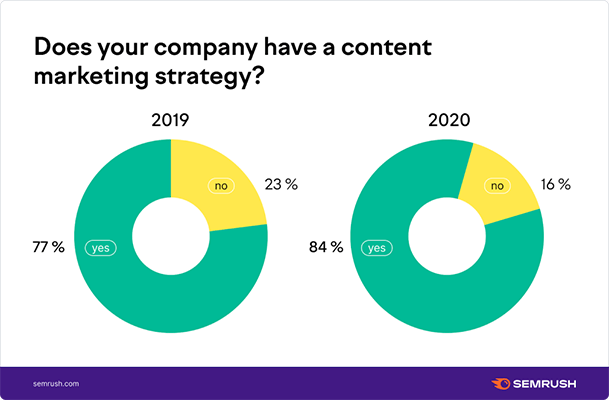
Our most subscribed category on Quuu is ‘Content Marketing’. The people have spoken!
You may already have a strategy for your own pieces of content. Curating should be no different.
A strong content curation strategy has 3 steps:
- Find and save as many sources as possible
- Select and personalize for sharing
- Share curated content on social media/email etc.
Find, select, share.
It’s as simple as that!
Find and save as many sources as possible
Planning for anything saves time in the long run.
Try to put aside an evening a week to focus on finding great sources to curate from.
This could be:
- Blogs
- Twitter/LinkedIn accounts
- Forums
- Facebook groups
- Pinterest boards
If you’re doing it yourself or using a tool, make sure you have somewhere to store anything you find.
It could be a tool. Or as simple as a ‘Curation’ folder in your web browser bookmarks bar.
If you have a bank of content sources to dip into weekly, you’re already halfway there.
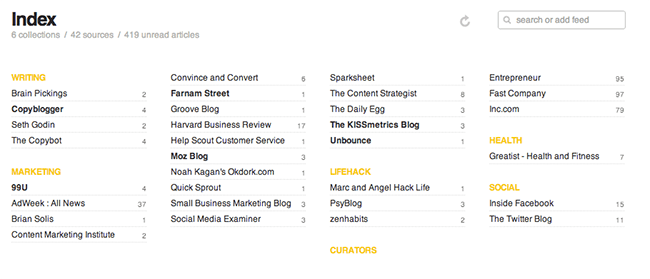
Select and personalize for sharing
This is the bit that makes the whole process valuable.
When we say you need to be very selective, we mean it. Don’t share any old baloney just because it’s from a big name.
Make sure it fits with your brand, and your audience will find it interesting.
Also, don’t just share the title. Any tool can do that (literally!)
Quote your favourite part, comment on a stat, or spark debate with a question.
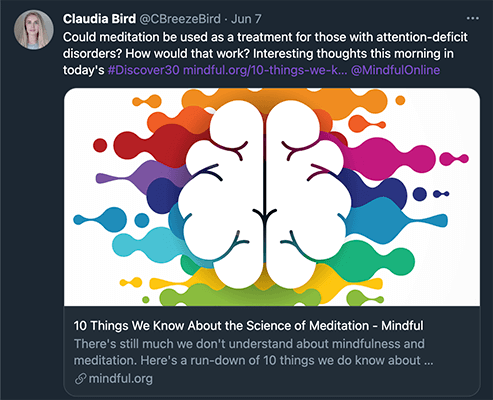
Without unique insight, you’re just re-sharing something. Yes, it’s still ‘curating’ but remember the ‘tin of tuna’ anecdote.
Don’t be the tinned tuna.
Share curated content in your chosen way
It bears repeating. Always credit or tag the creator when you share something.
For social media content, this is usually an ‘@’ mention. You can write ‘Source:’ and link the creator’s blog or site for anything else.
Aside from being the polite thing to do, it can help build relationships. (See the ‘Impress influencers’ section above.)
Most people use their social channels for sharing curated content. Such as daily tweets.
But curated content can take the form of:
- Email newsletters
- Reposting UGC (user-generated content)
- Listicle blog posts
- Infographics created from reports/articles
Pick your favorite form and make it a regular in your content calendar. Or use a variety.
Even if you do stick to a daily tweet, mix up how you display it.
Don’t always use the same template when sharing content. It’ll get boring for everyone involved.
Conclusion
So, there you have it, folks!
By now, you should have a complete understanding of content curation.
We’ve covered:
- The definition of content curation
- Why you should curate
- How to manually and automatically curate (and why you should do both)
- Examples of great curated content newsletters
- How to create your own content curation strategy
If you only remember one thing, make it this. Always include unique value.
Add it to everything you share.
That’s how to nail content curation.
Related Reading: 35 Latest Content Marketing Statistics, Trends, And Facts.
